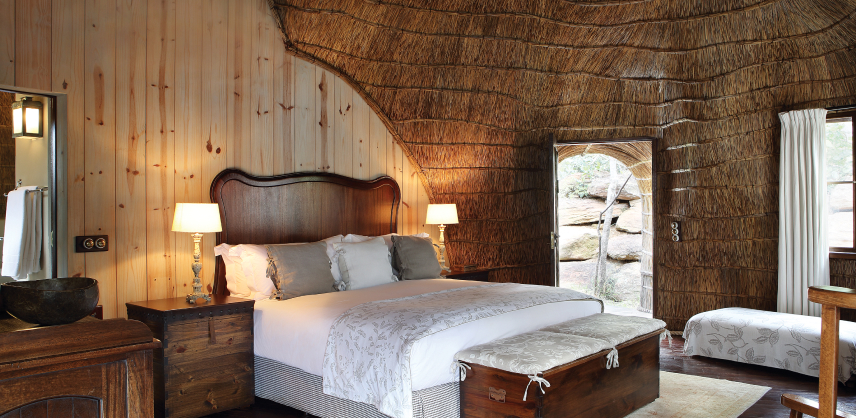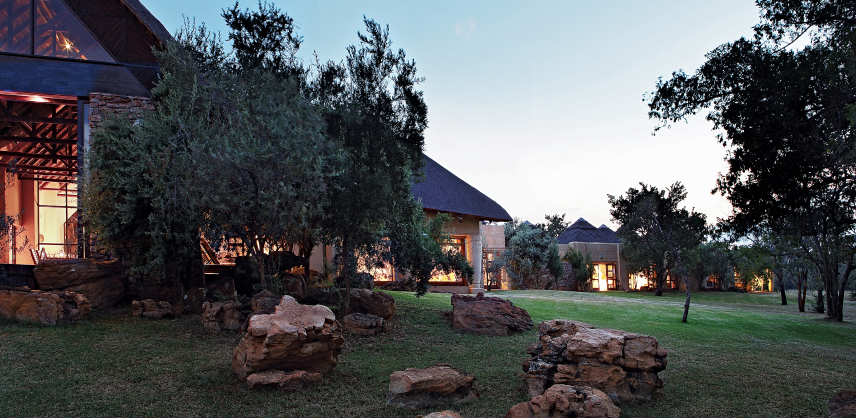Book directly with ease.
The changing of season from winter to summer is quite beautiful and almost magical. The Winter season on Shambala normally ends around the end of August and is followed by spring that arrives early September lasting until end of October. The summer months are from November to March and these are also the wetter months of the year. During the transition from winter to summer the environment goes through a vivid change and as soon as the first rains fall the magic starts happening. In the early spring temperatures begin to rise steadily and winter becomes a thing of the past. These months bring great change with the August winds rolling in. Once these winds have passed the wet season starts. Rain is a welcome sight to a rather dried up bush environment. In the Waterberg there is known to be an average rainfall of 450mm – 550mm each season. I believe that during summer it may be the best time to enjoy the bushveld. You can clearly notice the changes around you, as bushveld greys and yellows start turning into green thickets and grasslands, and there is plenty of resources available (in the form of food and water) for all the animals. Trees start sprouting new leaves and grass shoots start growing, giving life to the once dull winter environment. Wildflowers start blooming again giving that extra bit of colour to the veld making it even more appealing to the eye. An abundance of fauna also return to the area including insects such as butterflies, dung beetles, dragonflies and unfortunately also the pesky mosquitoes and flies. Reptiles such as chameleons, snakes and tortoises come out of hibernation and start getting more active as temperatures pick up. Migratory birds return to the warmer areas of South Africa as they spent the cold winter months in the Northern hemisphere. Animals like giraffes and kudus will pick up their condition lost during the winter time, because of the abundance of new foliage available for them to eat in the summer. Elephants too, go crazy for new growth, often knocking over trees to get at the new leaves. This is often of benefit to smaller animals as food that is beyond their normal reach becomes available closer to the ground. With the first rains you witness the complete rebirth of the bushveld and with it the excitement of lambing season. In Africa rain is life and even on Shambala this can clearly be seen in the actions of animals. The veld starts to provide new lush vegetation for the animals and they start moving around all over the reserve, not bound to certain areas such as in the drier winter months where they will restrict their migratory patterns based on water and resource availability. Dams fill up and dried up rivers start flowing again providing an abundance of water for the animals on the reserve. With water and food in no short supply a lot of the animals that had their mating season during winter will start lambing during the peak of the wet season. Animals like Impalas, Blue Wildebeest, Zebras and Warthogs are some of the first to give birth after the first big rains. During the summer months the bushveld is at its most beautiful and makes it ideal to visit the area if you haven’t seen it before, the whole aura is more vibrant. However, summer has its advantages and disadvantages just as in the winter; in the summer the veld is very dense and it does make it a bit more difficult to see animals, but they do move around a lot more than they do in winter. There is more food and water available for them and in the summer months we generally see more animals moving around in the area. Ranger Jacques Gerber Shambala Private Game Reserve



